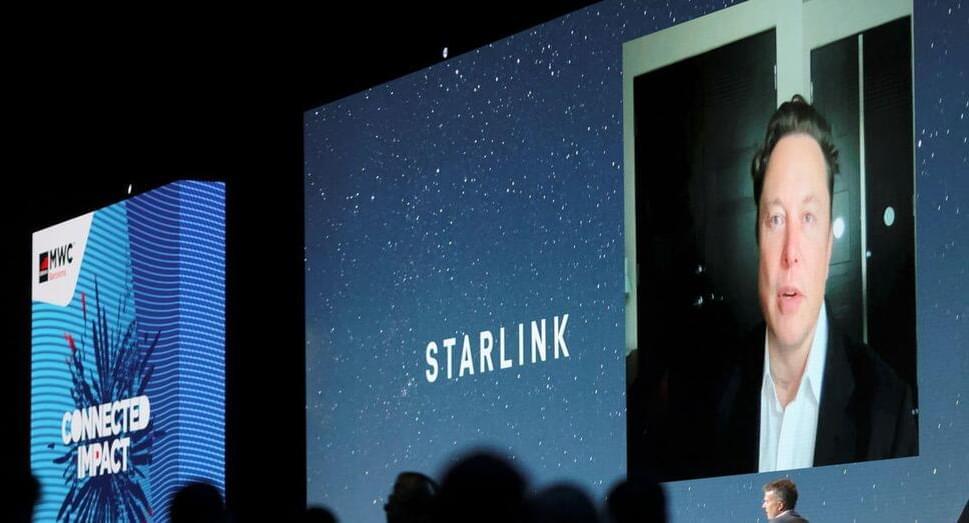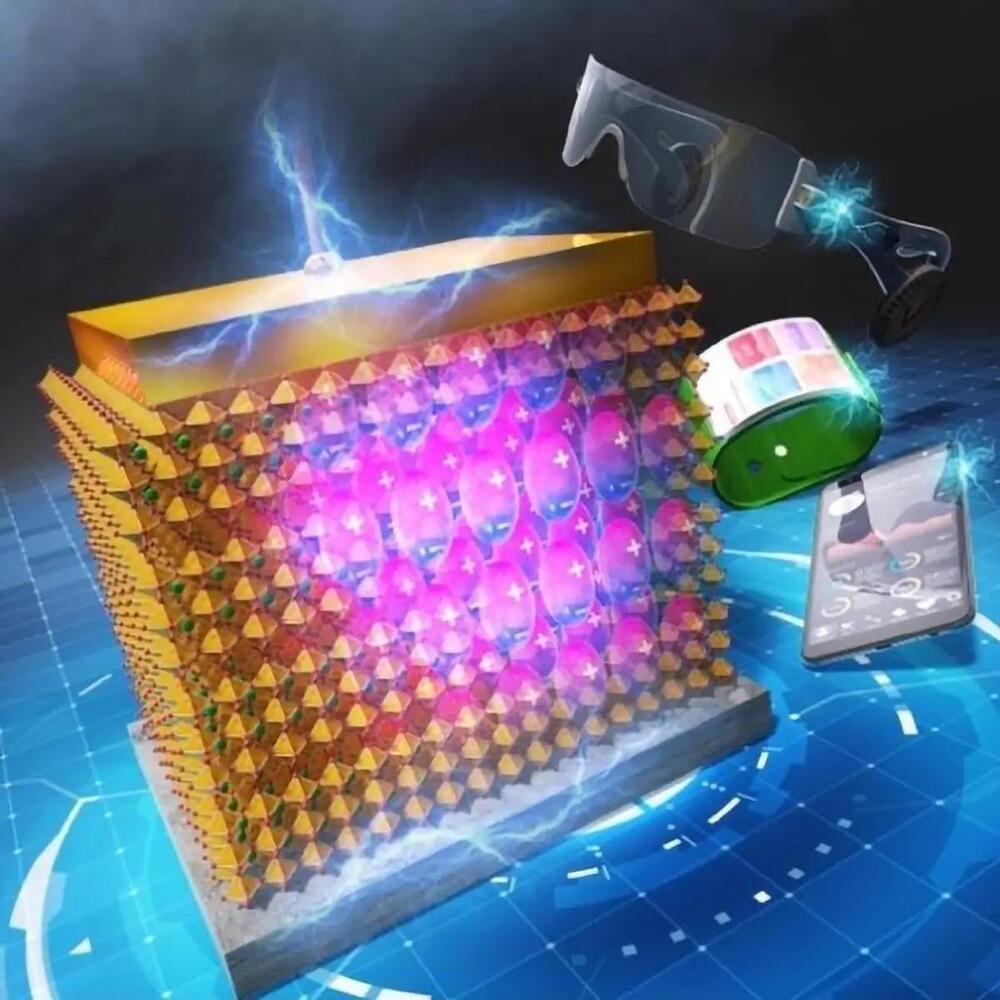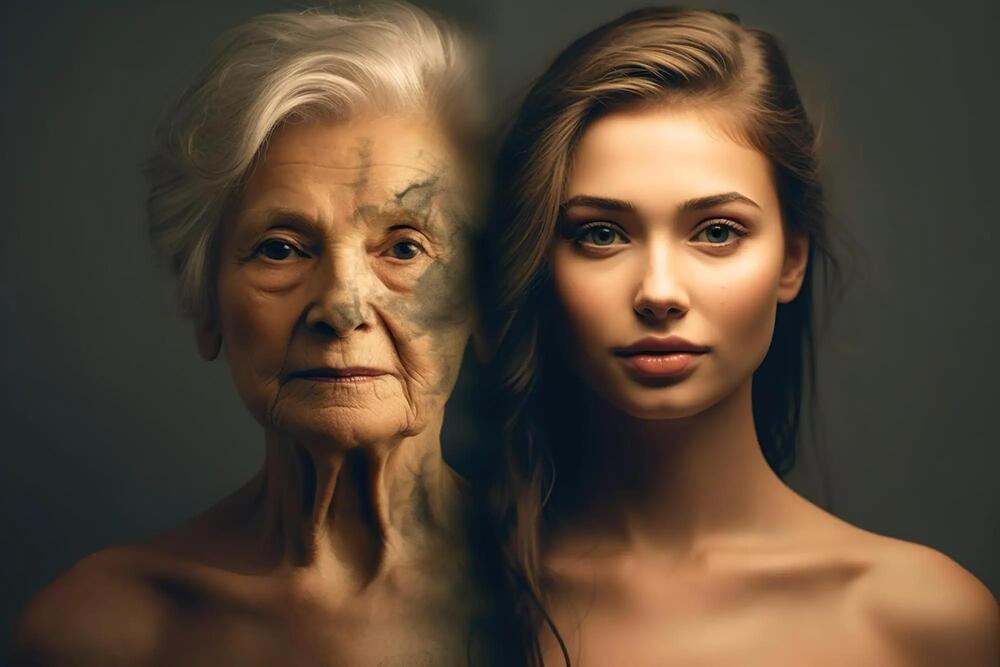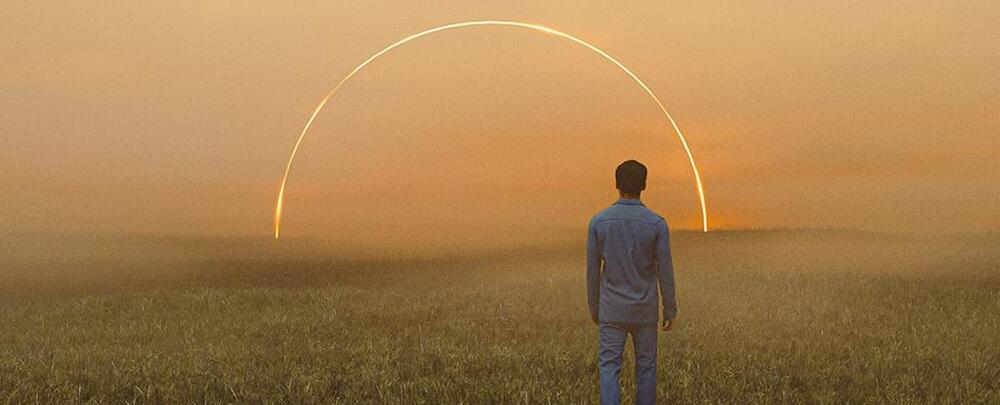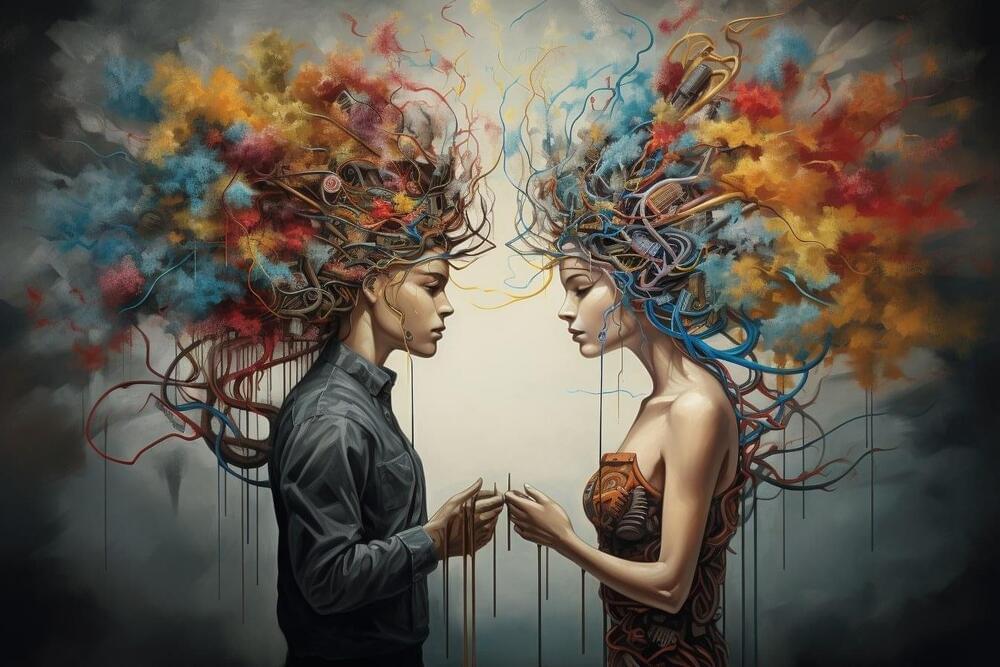Head to https://linode.com/scishow to get a $100 60-day credit on a new Linode account. Linode offers simple, affordable, and accessible Linux cloud solutions and services.
Researchers have identified the processes that cause gray hair and have done experiments to reverse it. And believe it or not, we’ve had some of these options for decades.
Hosted by: Savannah Geary (they/they)
———
Support SciShow by becoming a patron on Patreon: https://www.patreon.com/scishow.
———
Huge thanks go to the following Patreon supporters for helping us keep SciShow free for everyone forever: Matt Curls, Alisa Sherbow, Dr. Melvin Sanicas, Harrison Mills, Adam Brainard, Chris Peters, charles george, Piya Shedden, Alex Hackman, Christopher R, Boucher, Jeffrey Mckishen, Ash, Silas Emrys, Eric Jensen, Kevin Bealer, Jason A Saslow, Tom Mosner, Tomás Lagos González, Jacob, Christoph Schwanke, Sam Lutfi, Bryan Cloer.
———
Looking for SciShow elsewhere on the internet?
SciShow Tangents Podcast: https://scishow-tangents.simplecast.com/
TikTok: https://www.tiktok.com/@scishow.
Twitter: http://www.twitter.com/scishow.
Instagram: http://instagram.com/thescishowFacebook: http://www.facebook.com/scishow.
#SciShow #science #education #learning #complexly.
———
Sources:
https://www.nature.com/articles/s41586-023-05960-6
https://faseb.onlinelibrary.wiley.com/doi/epdf/10.1096/fj.08-125435
https://ijdvl.com/puvasol-therapy-in-premature-graying-of-hair/
https://www.jidonline.org/article/S0022-202X(15)45691-X/pdf.
https://www.cambridge.org/core/services/aop-cambridge-core/c…-twins.pdf.
https://onlinelibrary.wiley.com/doi/10.1111/ics.
Image Sources:
https://www.gettyimages.com/detail/video/senior-man-watching…/646058544
https://www.gettyimages.com/detail/video/happy-senior-couple…/978058606
https://www.gettyimages.com/detail/video/old-asian-woman-fee…1352815610
https://www.gettyimages.com/detail/video/senior-men-twins-lo…1300487605
https://www.gettyimages.com/detail/video/microscopy-of-human…1226334755
https://www.gettyimages.com/detail/photo/straight-gray-hair-…ray%2Bhair.
https://www.gettyimages.com/detail/video/outdoor-portrait-of…1304171001
https://commons.wikimedia.org/wiki/File: Methionine-from-xtal-3D-bs-17.png.
https://www.gettyimages.com/detail/video/super-slow-motion-o…1404901884
https://www.gettyimages.com/detail/video/shaking-glossy-brow…1384725143
https://www.gettyimages.com/detail/video/young-woman-examine…1452397032
https://commons.wikimedia.org/wiki/File: Stem_cells,_day_1_after_passage.tiff.
https://www.gettyimages.com/detail/video/middle-age-woman-to…1283547606
https://www.gettyimages.com/detail/photo/mans-hand-with-viti…1364097824
https://www.gettyimages.com/detail/video/relaxation-in-the-c…1286642702
https://www.gettyimages.com/detail/photo/grey-hair-texture-r…/104654891
https://www.gettyimages.com/detail/video/close-up-of-young-w…1306571897
https://www.gettyimages.com/detail/video/portrait-of-an-acti…1473302036
https://www.gettyimages.com/detail/video/brown-hair-swirks-i…1153593408
